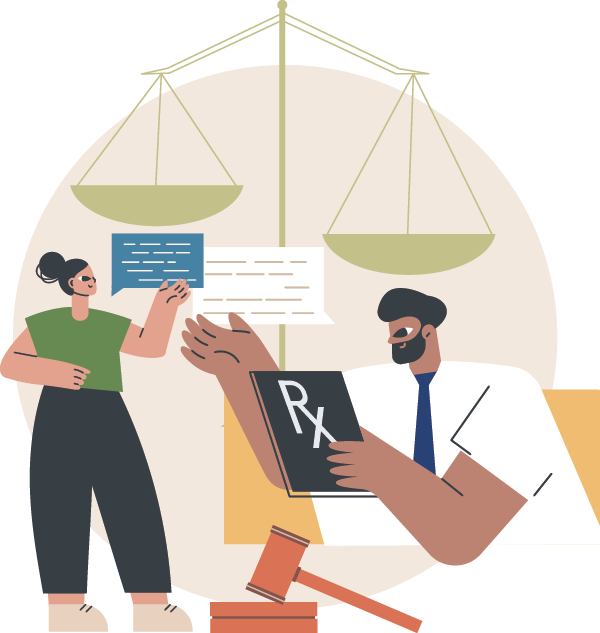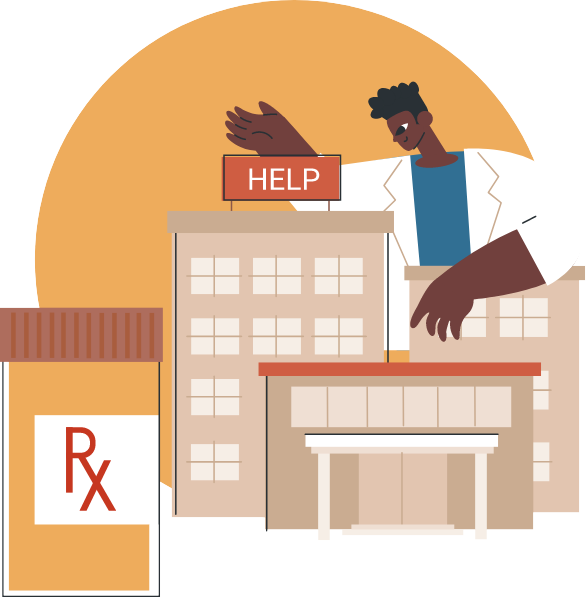A Guide for Treatment Court Team Members to
Support Participants in the Initiation and Continuation of Medication to Treat Opioid Use Disorder
Download Guide

Introduction
This guide is for nonclinical team members1 working in treatment courts. It describes how treatment court team members can help a participant benefit from medication for opioid use disorder (OUD) (also known as MAT, which stands for medication in addiction treatment or medication-assisted treatment).
This guide was created by addiction medicine specialists with criminal justice expertise from the American Society of Addiction Medicine (ASAM) and treatment court professionals with addiction treatment expertise from All Rise (formerly the National Association of Drug Court Professionals). It reflects up-to-date, evidence-based information to support optimal outcomes for justice-involved individuals living with OUD.
Online readers will find links to the resources referenced here embedded in the resource titles. Both print and online readers can also find all links listed in the resources section at the end of this guide.

Readers of this guide will understand:
- That medication for OUD saves lives.
- That individuals being treated for OUD while in any justice setting—including treatment courts, community supervision, prisons, and jails—should be quickly stabilized on pharmacotherapy (FDA-approved medications for treatment of OUD) and continue medication for OUD after their release to the community.
- The effectiveness of initiating and maintaining medication for OUD.
- How to communicate with treatment court colleagues regarding the utilization and effectiveness of medication for OUD.
- How to recognize opioid overdose and withdrawal and the importance of immediate medication treatment to prevent overdose and relieve withdrawal, as well as for OUD remission and long-term recovery.
- The importance of immediate and sustained treatment linkage in the community, as well as best practices and procedures to help support persons receiving medication for OUD to encourage retention.
- How to use quick tools to provide OUD screening.
